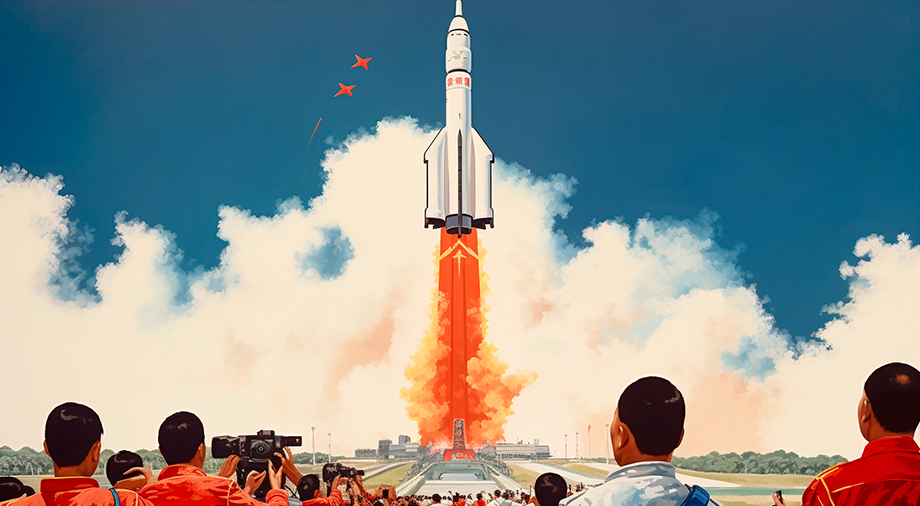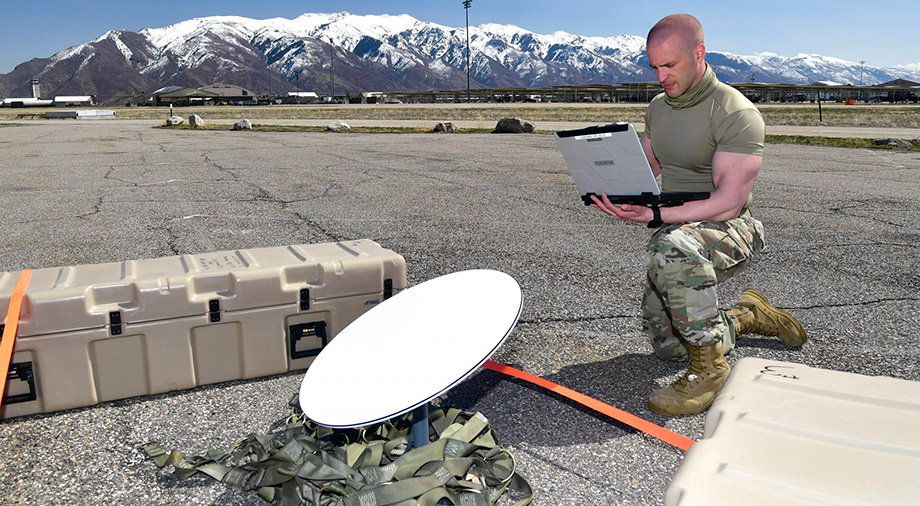Since its launch in 1956, the space program of the People’s Republic of China (PRC) has come a long way. The country’s first satellite launch in 1970 and subsequent decades of relative calm made China the most ambitious outsider in the space sector of the second half of the 20th century.
However, by the beginning of the new millennium, the PRC was able to learn from its failures. Total government control of the space sector is gradually giving way to greater freedom for the private aerospace sector. Today, Chinese space is showing amazing growth, and even Elon Musk has recently spoken highly of his main strategic competitors, stating that the Chinese space program is “far more advanced than most people realize.”
In our new series dedicated to Chinese space, we will talk about the evolution of the Chinese space sector and try to understand how the “dark horse” from the Middle Kingdom has become the main favorite in the new space race of our time.
Nationalize It: The Launch of China’s Space Program
The origins of the Chinese National Space Program date back to the 1950s. Its founding father was Qian Xuesen, a rocket scientist who emigrated from the United States in 1955 for political reasons. He was accused by the FBI of working with American communists, resulting in him being put under house arrest for a long time and eventually being forced to leave the country. A year after returning to his homeland, Qian Xuesen proposed a draft of a Space Program to the Chinese Communist Party (CCP), which was approved in record time – just a few months from the date of application. Recalling the history of Qian’s persecution and subsequent deportation to the United States, US Deputy Secretary of State Dan E. Kimball, who was directly involved in this case, says: “It was the most stupid thing that [the US] has ever done. He was no more a communist than I was, but we forced him to go.”
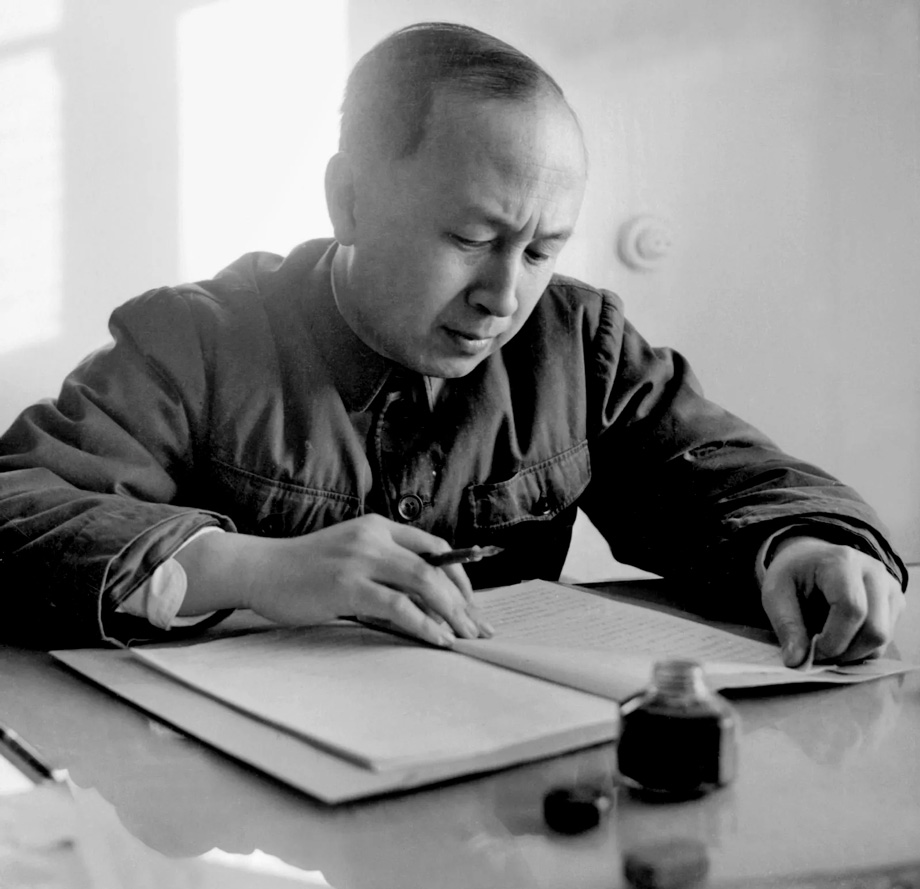
Qian Xuesen selected about 200 rocket engineers to become part of the Fifth Research Academy under the Ministry of Defense, China’s first rocket institute.
With the support of its main ideological ally, the USSR, China would begin to develop its own rocket program. China’s rockets were based on Soviet R-2 ballistic missiles, which were secretly supplied to China as part of a technology exchange program between the two countries. However, the PRC’s weak technological and production base did not allow it to build its own rockets within the planned period, even using a finished Soviet prototype. After a series of transfers, the launch of Dongfeng-1 (the name given to the first Chinese rocket) nevertheless took place. The kerosene-alcohol fuel rocket was launched on December 5, 1960. For the PRC, this triumph was achieved through suffering and painted in gloomy tones: the split in Soviet-Chinese relations that began in 1960 would put an end to space cooperation between the two countries and leave Chinese space isolated for many years to come.
The next generation of rockets, called Dongfeng-2, would be developed almost entirely by the engineers of the Fifth Research Academy, but it would not launch until mid-1964. Much later, the developments of the fourth generation of Dongfeng-4 missiles would form the basis of China’s first truly successful, and most importantly, independent rocket, the Long March 1 (ChangZheng 1 in Chinese), a combined three-stage rocket that used both liquid (nitric acid), and solid fuel (it was powered by third-stage propulsion engines). From that moment on, it would be Long March rockets that would become China’s main space workhorse, as remains the case to this day.
The initial formation of the Chinese space sector owes a lot not only to Qian Xuesen, but also to a large influx of public investment through the Third Front initiative. The grand construction campaign spanned almost 20 years (in the 60s and 70s) and supported the Chinese space program. It was thanks to this program that China built its three main spaceports in Xichang, Taiyuan and Jiuquan.
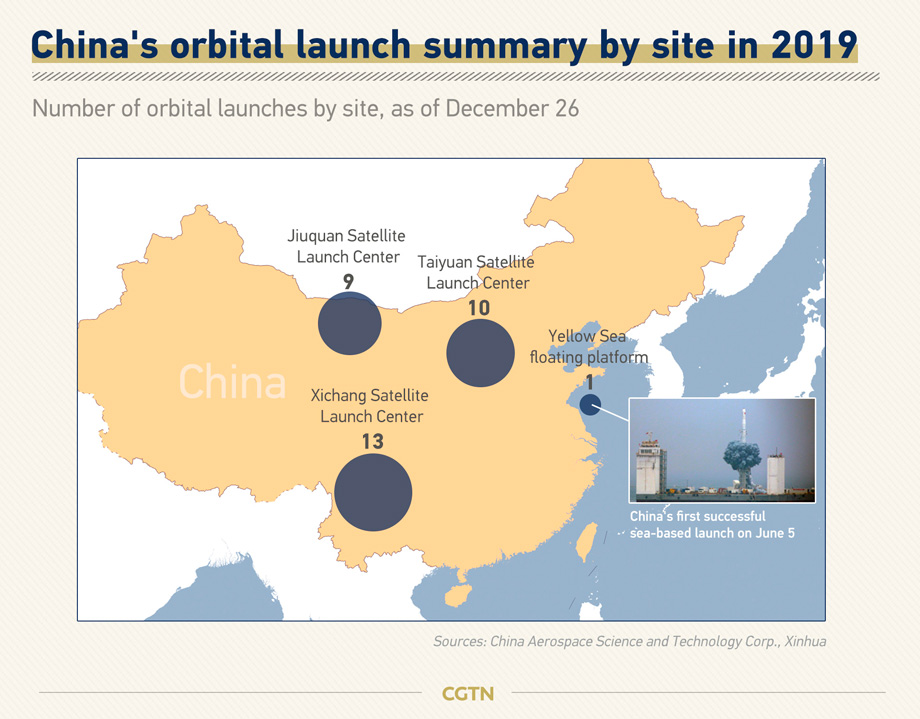
At the same time, the Third Front initiative significantly contributed to the preservation of the Chinese space sector. Members of the CCP have not always had a clear idea of what steps the PRC should take to strengthen its space sector. As a result, budgetary funds were often wasted, and excellent space initiatives (such as plans to launch the first Chinese astronaut into space before 1973 aboard the Shuguang spacecraft) were doomed to failure due to domestic political upheavals. As a result, the first Chinese astronaut (taikonaut in Chinese) would enter orbit only 30 years later in 2003.
The persecution of scientists as part of the Chinese “cultural revolution” of 1966 led to the many space initiatives being curtailed. Qian Xuesen himself was affected by the reforms, being removed for some time as the director of China’s manned space program (which is perhaps why it took until 2003 to succeed).
After the death of Mao Zedong in 1976 and the rise of Deng Xiaoping, things went from bad to worse. Programs to develop a system of ground-based anti-missile lasers, a missile launch tracking radar, and the Xianfeng anti-missile gun lost state support. Everything that is so in demand now, China studied back in the late 60s. Only the cumbersome and clumsy party system of the PRC was not able to use its own mechanisms, since instead of developing, the party carried out purges of professional cadres. Designers were selected on the basis of ideological commitment to party politics, while their skills and professional judgements were secondary.
China had full control over its national space program. But in the hands of the party, the institution proved to be ineffective.
This “ghost of nationalization” would haunt China for many decades until Beijing began to rethink its space policy in the new millennium, drawing attention to the clear advantages that a competitive private aerospace sector could provide.
Satellites and more: Dong Fang Hong 1 and Changkong-1
Despite the loss of access to the Soviet rocket program, the PRC continued to slowly and systematically (again via Five-Year Plans) develop its own space program. Its main triumph was the launch on April 24, 1970 of the first Chinese satellite Dong Fang Hong 1. The spacecraft weighed 173 kilograms and was intended to transmit a radio signal to Earth.
After the launch of Dong Fang Hong 1, China became the 5th country in the world (after the US, the USSR, France, and Japan) to launch a satellite into orbit on its own. The main goal of DFH-1 was patriotic broadcasting, as the device broadcast the PRC’s national anthem for 20 days before burning up in the earth’s atmosphere.
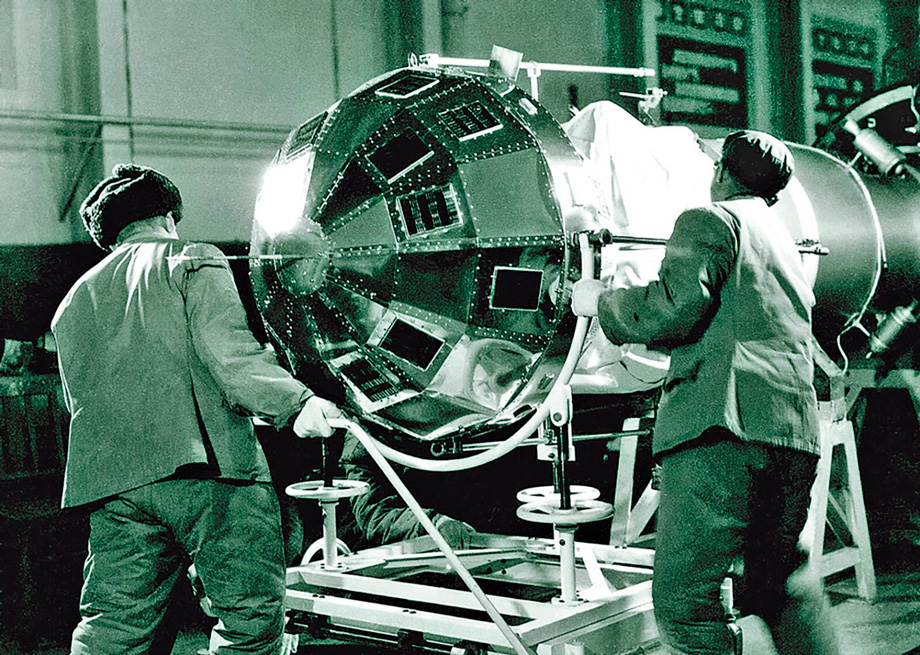
A year later, China launched the ShiJian-1 satellite, which was aimed at scientific activities. The 221 kilogram spacecraft was equipped with a pair of detectors that could capture cosmic and X-ray radiation and send results back to Earth.
In 1975, China set two national space records. At the end of July, the PRC was able to launch a 1 metric ton payload into orbit, and in November it returned the Fanhui Shi Weixing satellite to Earth using an innovative parachute system.
But the PRC was interested not only in its own satellites. At the end of April 1968, the Nanjing University of Aeronautics and Astronautics (NUAA) developed a prototype of a medium-high-altitude unmanned aerial vehicle (UAV) called the Changkong-1. The jet drone was modelled on a similar Soviet development, the LA-17S. The project was in the shadows for a long time, until the National Unmanned Research Unit was created in 1977, which would become the Institute for Unmanned Research two years later. Its goal was the development of multi-purpose drones. It was time to dust off the Changkong-1 project.
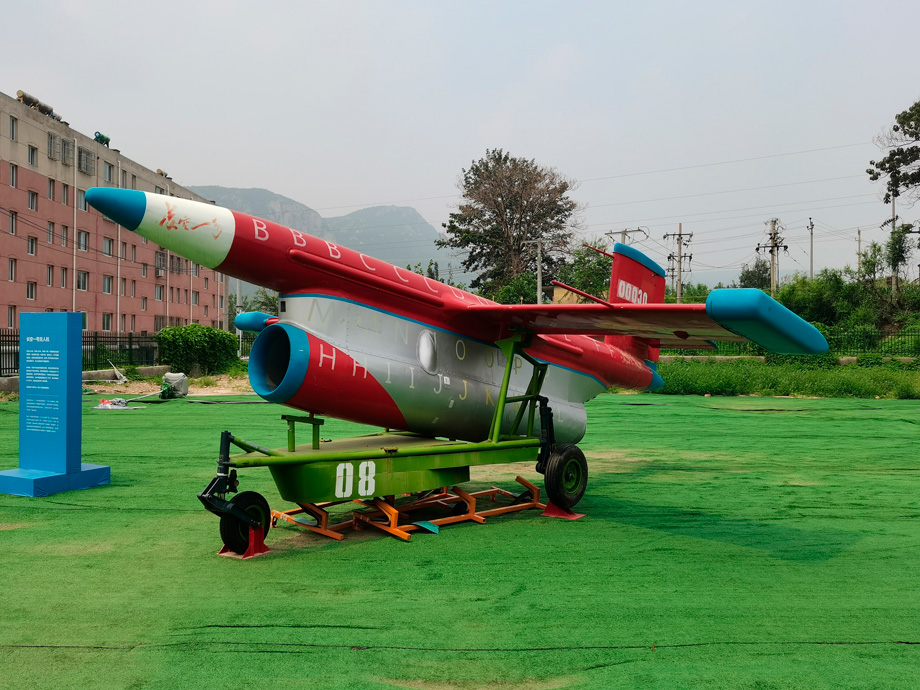
Source: @mikanfir1
The UAV was able to reach the upper atmosphere with the help of a jet glider, and then, using its own ramjet engine, carry out horizontal flight at subsonic speed. The technical payload of the Changkong-1 is amazing even by today’s standards, being equipped with radio telemetry systems, a remote control system, an autopilot for takeoff and landing, and even a backup power supply system for in-flight recovery in the event of a main system failure.
The Changkong-1’s main purpose was military, as the UAV was designed to take nuclear samples from the air during a potential nuclear conflict. It flew its first demonstration mission during China’s 22nd nuclear test in 1977. The UAV twice flew through the nuclear cloud formed after an explosion and took air samples to screen for radioactive contamination.
Many modifications would be created over the Changkong-1 project’s lifespan, including low-altitude and maneuverable versions of the drone. Until the end of the 20th century, China would use the Changkong-1’s modifications until new unmanned solutions are created based on it.
Active demand for communications satellites would become more and more noticeable for China by the end of the 1970s, when the country would bet on building its own “economic miracle”. But at the end of the last century, communications satellites weighed tons and were most often launched into a high geosynchronous transfer orbit (GTO). With the PRC’s rocket capabilities at the time, this was simply impossible to achieve. The Chinese space program set a new goal – the creation of a new type of high-capacity rocket.
The first sprouts of the private aerospace sector
The key to success lay in new sustainer engines. When developing the Long March 3 rocket, Chinese engineers decided to abandon the traditional third-stage engine, which burned hypergolic fuel. Instead, chief designer Ren Xinmin approved the design of a new cryogenic rocket engine, which used a mixture of liquid hydrogen (fuel) and liquid oxygen (oxidizer) as fuel.
In order to maintain a liquid state, the substances, both the fuel and the oxidizer, had to be stored at extremely low temperatures. The liquid hydrogen required a temperature of -253℃, while liquid oxygen needed -183℃. Cryogenic engines made it possible to produce a much more powerful specific impulse, which ultimately significantly increased the rocket’s carrying capacity.
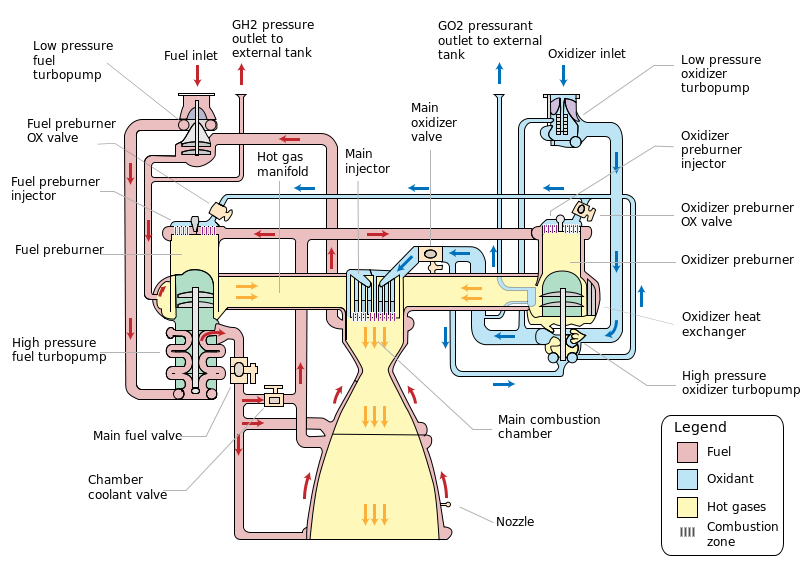
The rather complex cryogenic engine design was not totally unprecedented. Nevertheless, it was a real challenge for the PRC rocket industry: the engine’s development took its own long march of 7 years (1976-1983). At the end of January 1984, a Long March 3 carrying the Dong Fang Hong 2 (DFH-2) geostationary communications satellite launched from the Xichang Satellite Launch Center. The launch was successful, but at the crucial moment, the cryogenic engine failed to perform its main function – to re-ignite. As a result, instead of GTO orbit, the DFH-2 was delivered to the low near-Earth (LEO) orbit.
We must still give respect to the achievement, as for Chinese space, this failure was not a collapse, but a feasible challenge. In a remarkably short term (only 70 days from the day of the unsuccessful launch), they completed a full engine diagnostic. The necessary changes were made to the engine’s design, and the next launch of a second DFH-2 satellite, on April 8, 1984, represented a real triumph for Beijing. Overnight, the PRC rid itself of its long-term dependence on foreign communication satellites, and also became the 5th country in the world that was capable of independently launching spacecraft into geostationary transfer orbit.
It was the success of the re-launch of Long March 3 that pushed the Chinese space program towards the scandalous ( for communists) idea that the country needed to create its own commercial aerospace sector which could provide international customers with services for the launch and maintenance of communications satellites. The China Aerospace Science and Technology Corporation (CASC_ was established in June 1993 to service international contracts, and remains one of the main Chinese contractors to this day. In the same year, the PRC created the Chinese National Space Agency, a government organization responsible for civil space administration and international space cooperation.

The start for China’s private aerospace sector was more than encouraging. In April 1990, the previously-tested Long March 3 rocket launched the AsiaSat-1 commercial communications satellite into orbit. This success brought Chinese rockets to the attention of both new investors and international customers. But time did not stand still, and very soon, in the first half of the 90s, the Chinese rocket launch industry again faced its old problem: a lack of capacity to launch a new generation of communication satellites into orbit, the mass of which quite often exceeded 2 tons at that time.
Realizing all the responsibility and reputational risks, the Chinese rocket industry did what many thought was impossible. In just 18 months, employees of the China Academy of Launch Vehicle Technology (CALT) developed and successfully tested the Long March 2E, a special-purpose rocket for launching communications satellites weighing up to 3.5 tons into geostationary orbit. The test flight went smoothly and the rocket easily reached its predetermined orbital threshold. Even though the first official launch of the Long March 2E on March 22, 1992 ended unsuccessfully (the rocket propulsion system turned off during launch), the entire payload was saved and five months later, the 2E showed its effectiveness by delivering the Optus satellite into orbit.
It seemed that China was ready to take on a new role as a global provider of rocket launch services, but a terrible tragedy intervened. On February 15, 1996, an accident occurred during a scheduled launch of a Long March 3B rocket with an Intelsat 708 satellite on board. Two seconds after launch, the rocket deviated from its vertical and began to roll sideways when climbing. 22 seconds later, the Long March 3B crashed near the launch pad, killing 6 and injuring 57 people. It was the darkest day in the entire history of the PRC’s space program.
The next unsuccessful launch of Long March 3 in August 1996 was the final straw, and as a result, the PRC private sector began to lose contracts. Customers did not dare to trust their expensive satellites, to powerful but unreliable Chinese rockets. Insurance agents, in turn, did not agree to insure objects with such a high degree of risk. It seemed that this would mark the decline of such a promising private aerospace sector in China.
But the PRC demonstrated its trait that would more than once prove decisive on its path to becoming a space superpower: an amazing degree of adaptability to new challenges. In an effort to improve the reliability of its rockets, Beijing introduced a series of regulatory quality control checks. The closed quality management system made it possible to dramatically increase the reliability of Chinese rockets. The numbers speak for themselves – in the almost 15-year period from October 20, 1996 to August 16, 2011, the PRC carried out 102 successful space launches in a row. After recovering from its shock, China is once again on its way to dominance as one of the top providers of space launch services.
The start of the new millennium for China’s space program would be an era of new opportunities and new, tougher competition in the international arena. As China’s space sector strengthened, the US would take a series of preventive measures to isolate one of its biggest strategic competitors. However, like the story of the expulsion of Qian Xuesen from the United States, these steps would actually go a long way towards helping China become a more self-sufficient and independent player. You can read about this in the next installment of our series.



